Rise of E-commerce
The surge in e-commerce activities has significantly impacted the Debit Card Market. With online shopping becoming a preferred method for consumers, debit cards are increasingly utilized for digital transactions. Data indicates that in 2025, approximately 60% of online purchases are expected to be made using debit cards, highlighting their growing acceptance in the digital realm. This trend is further fueled by the convenience and security that debit cards offer, as consumers seek seamless payment options. Consequently, the Debit Card Market is poised for growth as more retailers and service providers adapt to this shift, enhancing their payment systems to accommodate debit card transactions.
Technological Advancements
The Debit Card Market is experiencing a notable transformation due to rapid technological advancements. Innovations such as contactless payments, mobile wallets, and biometric authentication are reshaping consumer interactions with debit cards. In 2025, it is estimated that contactless transactions will account for over 30% of all debit card transactions, reflecting a shift towards convenience and speed. Furthermore, the integration of artificial intelligence in fraud detection systems enhances security, thereby increasing consumer trust in debit card usage. As technology continues to evolve, the Debit Card Market is likely to witness further enhancements in user experience, making debit cards more appealing to a broader audience.
Financial Literacy Initiatives
The promotion of financial literacy initiatives is playing a crucial role in shaping the Debit Card Market. As educational programs aimed at improving financial knowledge become more prevalent, consumers are increasingly aware of the benefits associated with debit card usage. These initiatives often emphasize the importance of budgeting and responsible spending, which can lead to higher adoption rates of debit cards among younger demographics. In 2025, it is anticipated that financial literacy programs will contribute to a 15% increase in debit card ownership among millennials and Gen Z. This growing awareness is likely to enhance the overall market landscape, as more individuals recognize the advantages of using debit cards for their financial transactions.
Regulatory Support for Digital Payments
Regulatory frameworks supporting digital payments are significantly influencing the Debit Card Market. Governments worldwide are implementing policies that encourage the adoption of electronic payment methods, including debit cards. These regulations often aim to enhance consumer protection, promote competition, and ensure the security of digital transactions. In 2025, it is expected that new regulations will facilitate easier access to debit card services, particularly for underserved populations. This regulatory support is likely to drive growth in the Debit Card Market, as it fosters an environment conducive to innovation and expansion, ultimately benefiting consumers and businesses alike.
Consumer Preference for Cashless Transactions
There is a discernible shift in consumer behavior towards cashless transactions, which is significantly influencing the Debit Card Market. As individuals increasingly prioritize convenience and safety, debit cards are becoming the preferred payment method over cash. Recent surveys indicate that over 70% of consumers express a preference for using debit cards for everyday purchases, reflecting a broader trend towards digital payment solutions. This transition is likely to accelerate as more businesses adopt cashless payment systems, further embedding debit cards into the fabric of daily transactions. The Debit Card Market stands to benefit from this evolving consumer mindset, as it aligns with the growing demand for efficient and secure payment methods.
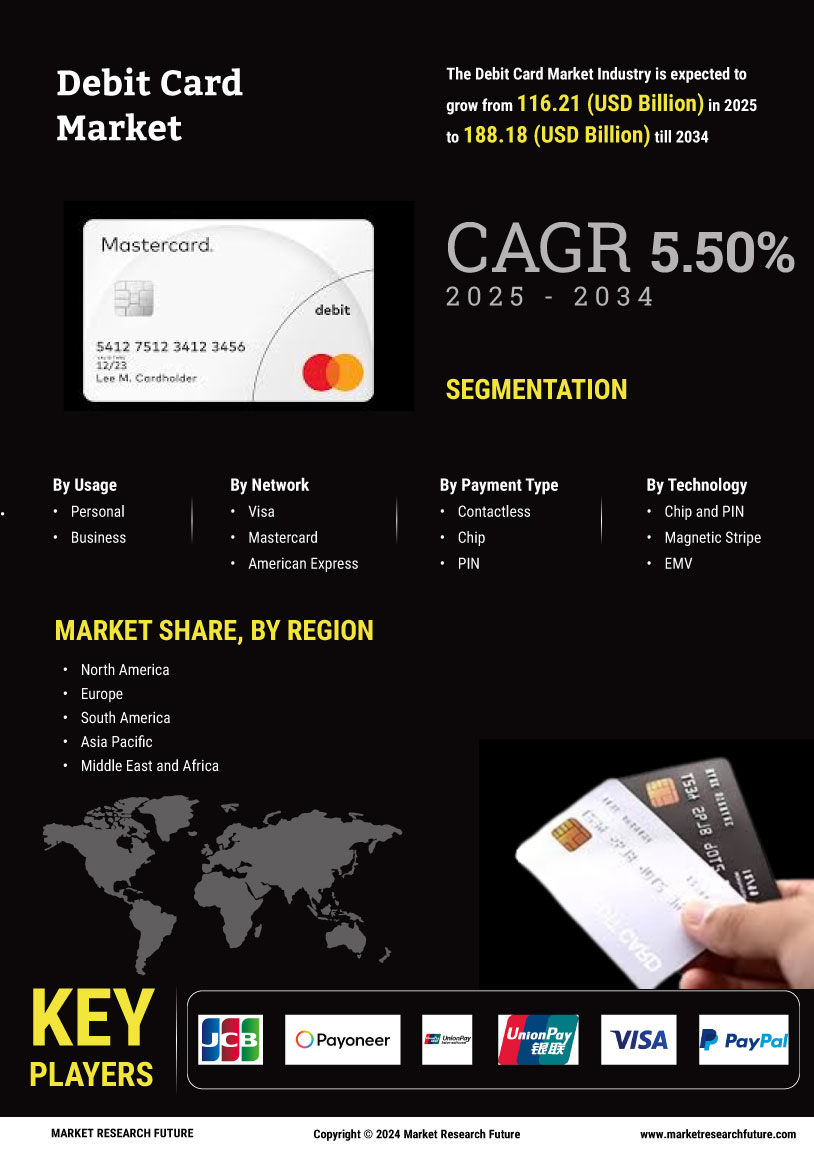

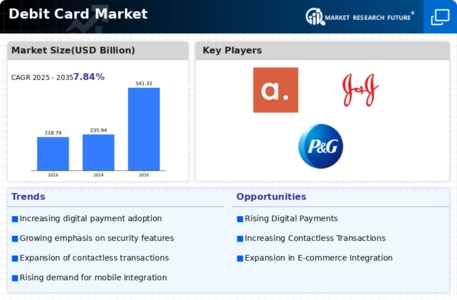
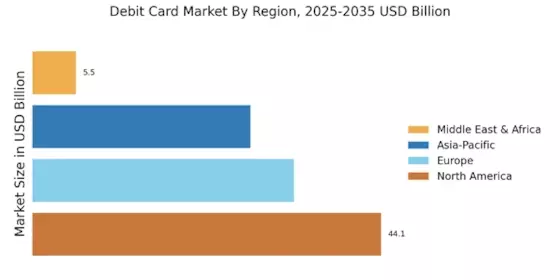
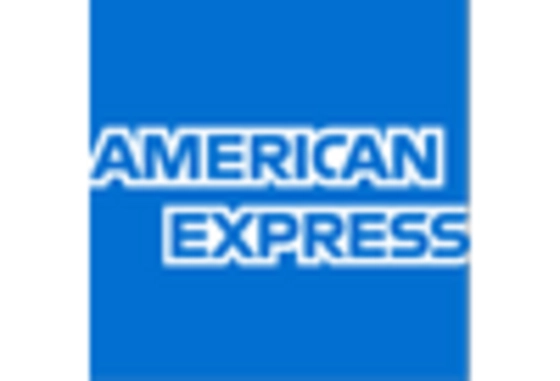
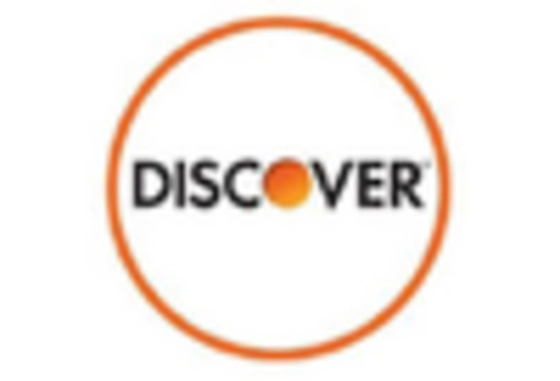
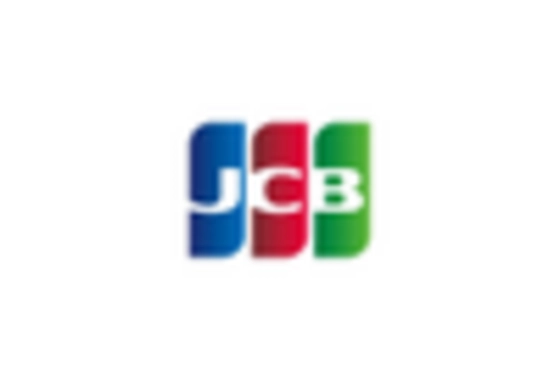
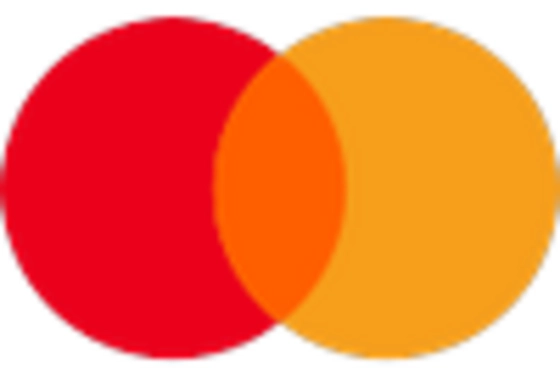
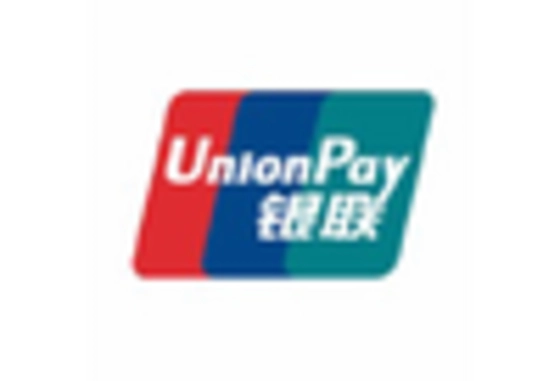
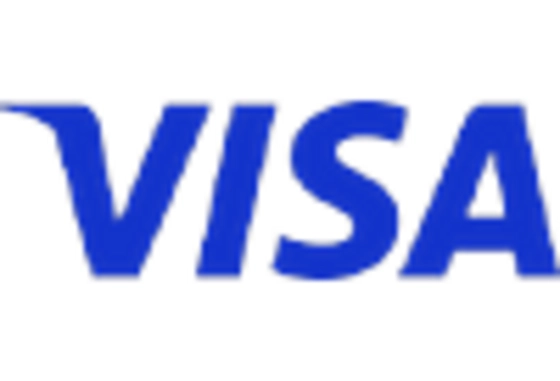








Leave a Comment